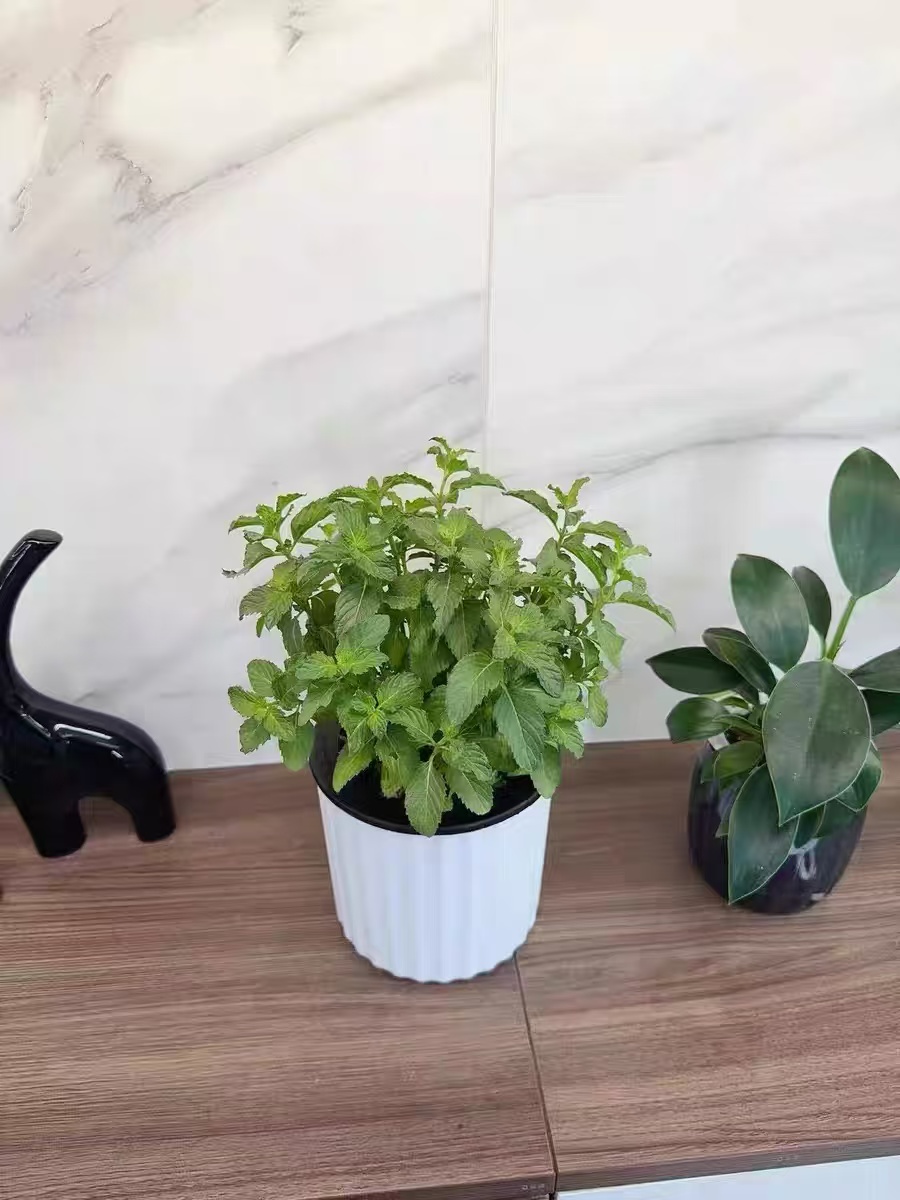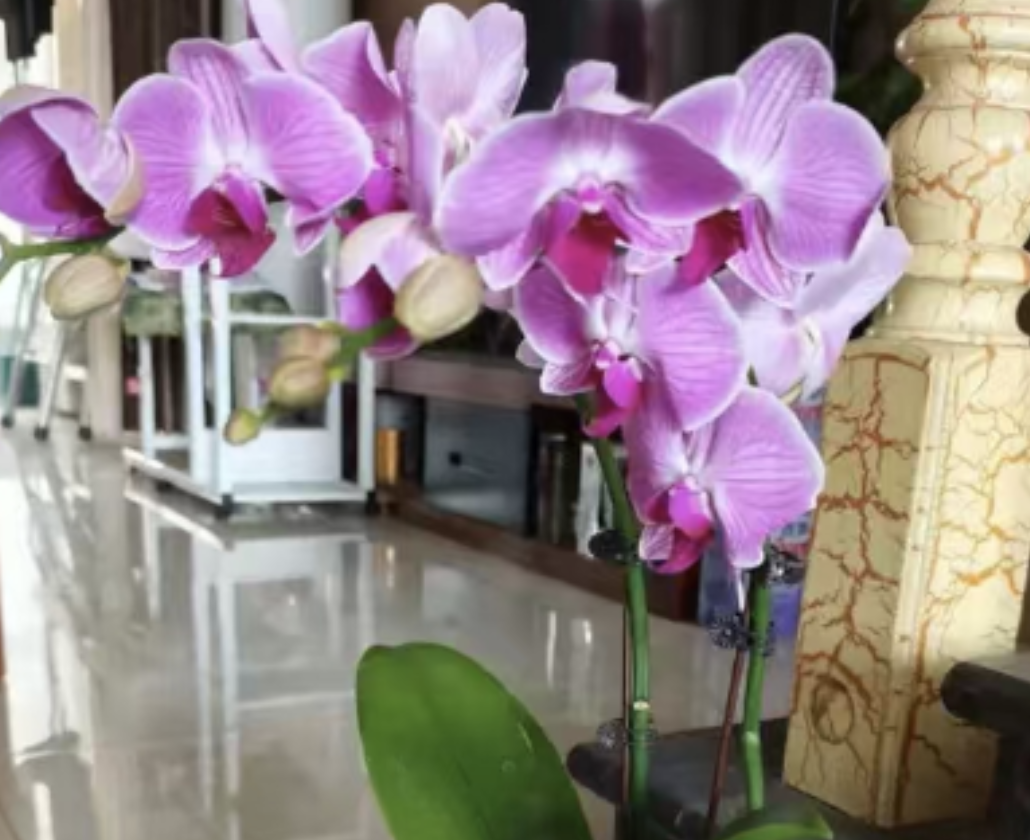In home gardening or agricultural production, the problem of pests has always been a difficult issue that troubles many people. Choosing plants that are naturally resistant to pests can not only reduce the use of pesticides but also promote ecological balance and protect our environment. Here are some plants that are the least likely to attract pests and some of their characteristics.
Bird of Paradise: The Bird of Paradise is famous for its unique flower shape and bright colors. Besides having ornamental value, the thick texture of its leaves also makes it difficult for pests to attach and reproduce. The thick leaves are a natural barrier that can effectively reduce pest infestations.
Dracaena: Dracaena is a perennial evergreen shrub or tree. Its leaves are also thick and have a smooth surface, not easily damaged by pests. In addition, Dracaena contains a special red resin, which has antibacterial and insecticidal properties and can further protect the plant from being troubled by pests.
Cordyline fruticosa: Cordyline fruticosa is a shade-tolerant plant and is suitable for indoor planting. Its leaves are slender and tough and are not easily damaged by pests. Cordyline fruticosa can also release a special fragrance, which has a repellent effect on certain pests, so it is rarely infested by pests.
Hylocereus undatus: Hylocereus undatus is a plant of the Cactus family. Its stems are thick and covered with thorns, forming a natural defensive barrier against pests. It is very difficult for pests to approach its stems and leaves, so Hylocereus undatus is a highly pest-resistant plant.
Ficus elastica: The leaves of Ficus elastica are thick, rich in water, and have a smooth surface that is not easily attached by pests. In addition, Ficus elastica can secrete a special mucus, which is somewhat toxic to pests and can effectively repel them.
Lavender: Lavender not only has a strong fragrance but also has a good insect-repellent effect. Its unique fragrance can repel pests such as spiders and is suitable for planting in gardens or indoors. In addition, the flowers of lavender can be used to make essential oils and spices, having high economic value.
Basil: Fresh basil can be used to make an insect-repellent liquid by itself. Soak fresh basil in white wine for a few weeks and then spray it on doors, windows, and the paths where pests often move, which can effectively repel pests such as spiders. Besides, basil can also be used as a spice in cooking to enhance the taste and fragrance of food.
Lemon balm: Lemon balm has a strong smell and can repel many pests, including spiders and fruit flies. Placing it in places where insects are likely to breed, such as the kitchen, can have a good insect-repellent effect. Lemon balm can also be used to make tea or essential oils and has a refreshing and invigorating effect.
Mint: Mint also has a strong smell, and almost all kinds of mint can repel pests such as spiders. It is recommended to plant spearmint or pennyroyal mint, which not only have good pest-resistant effects but also are easy to grow and manage.
Choosing these pest-resistant plants for planting can not only reduce pest infestations but also improve the overall benefits of home gardening or agricultural production.
Which plants are the least likely to attract pests?

Share with
Tagged in :




Leave a Reply